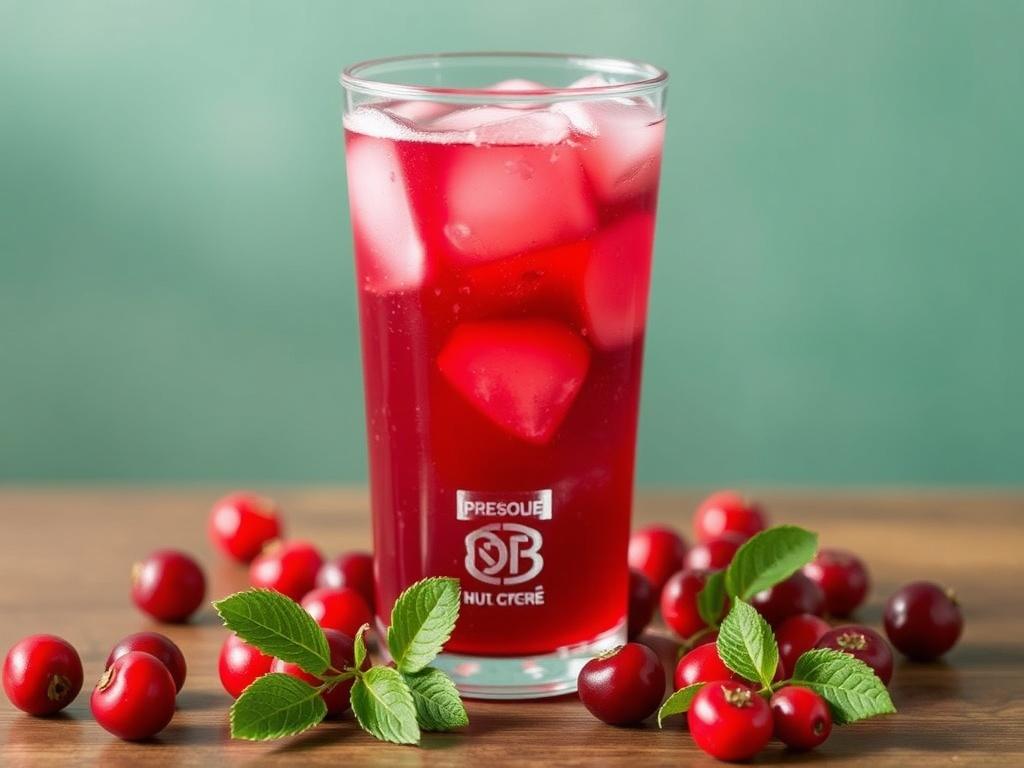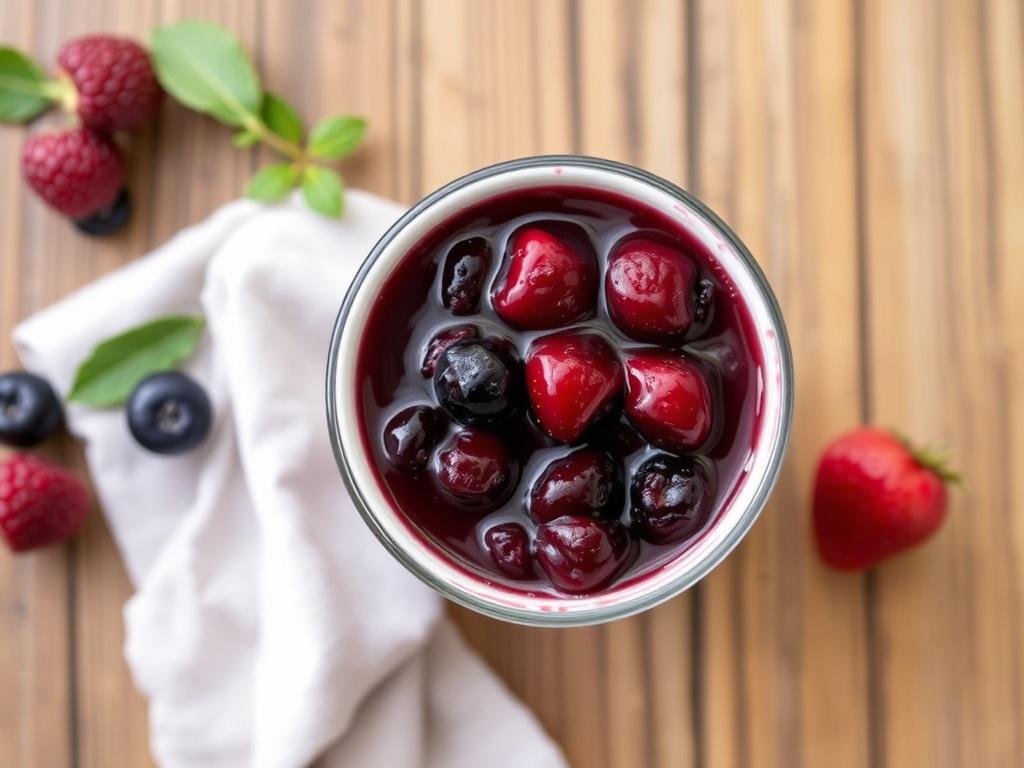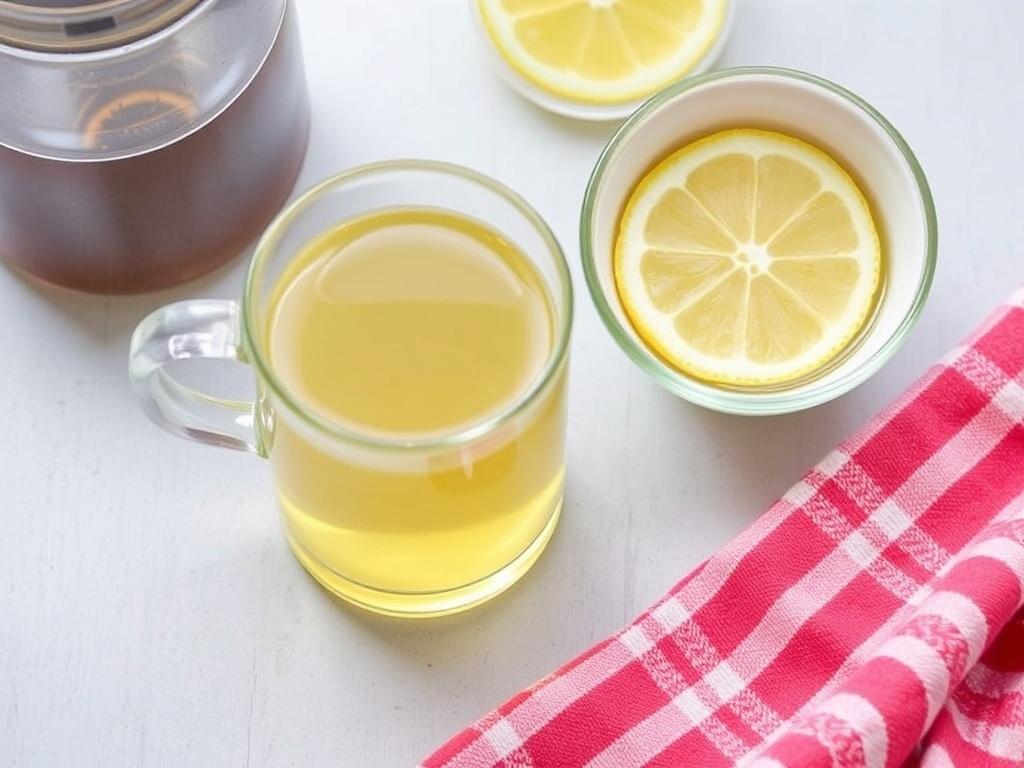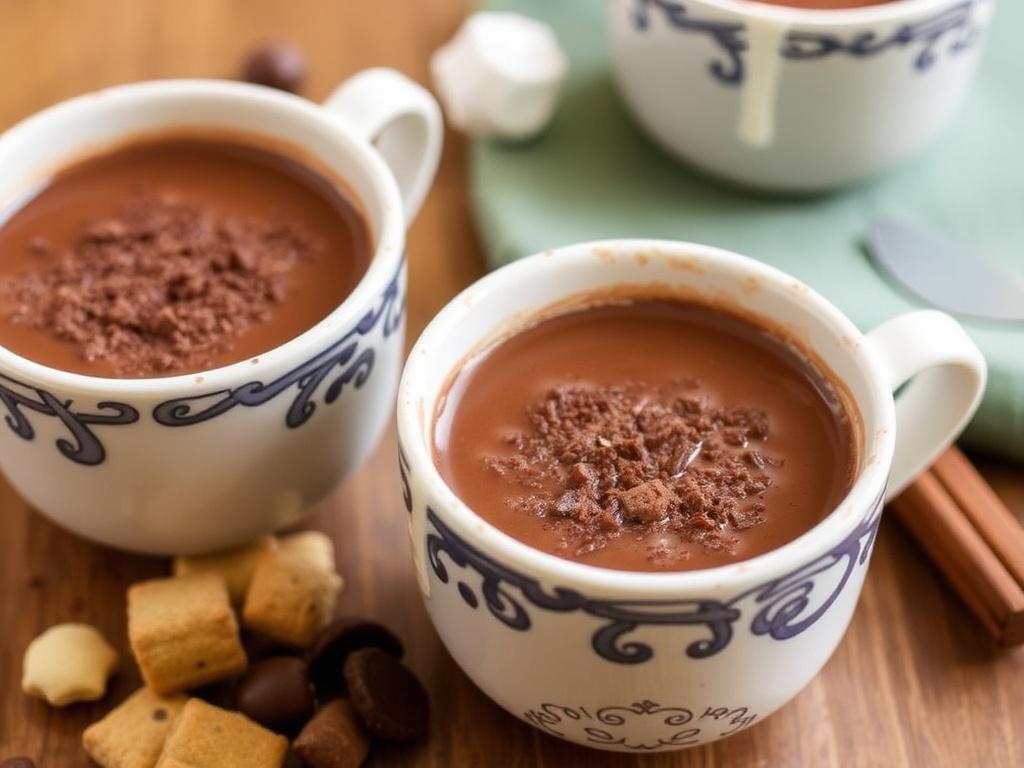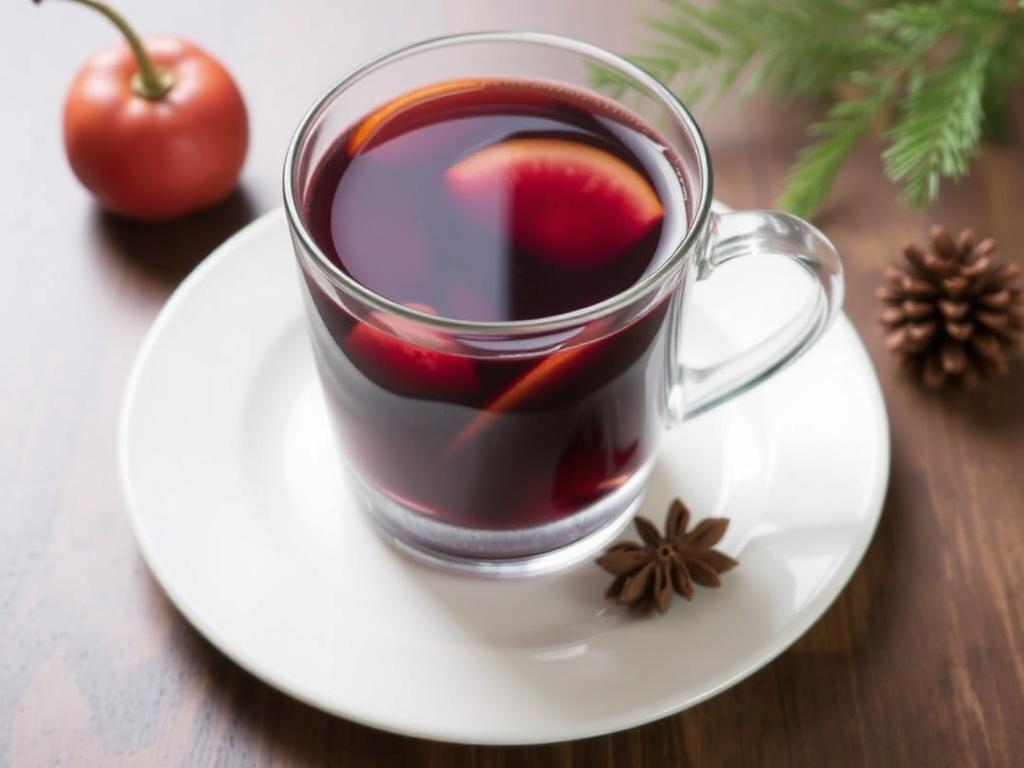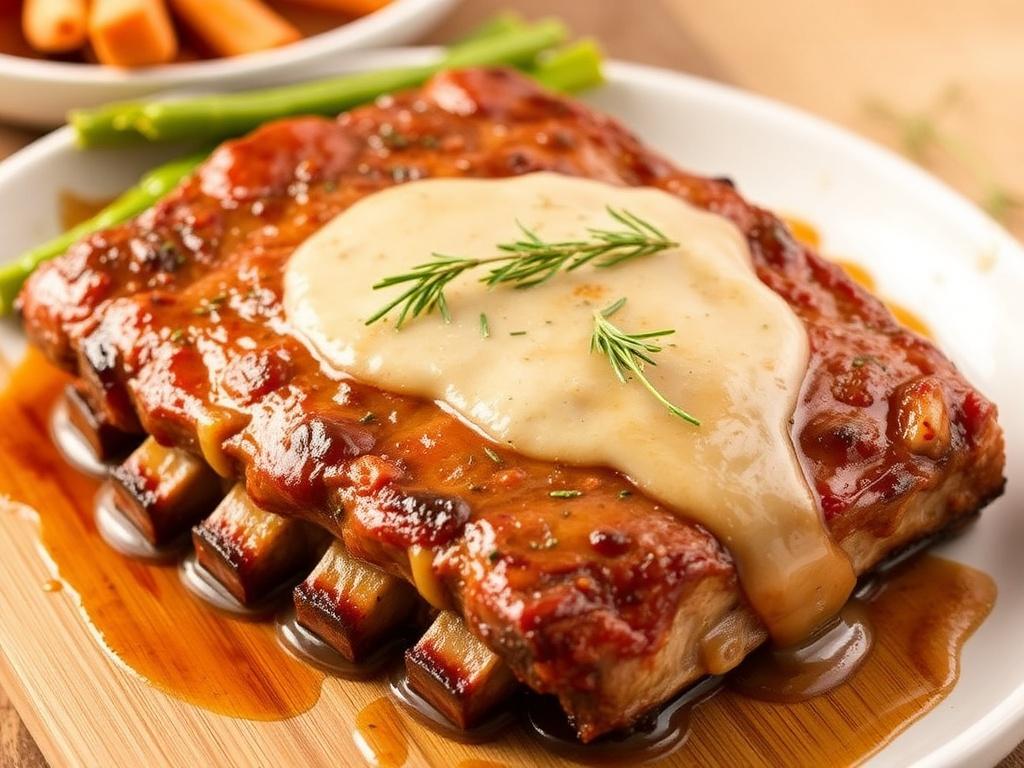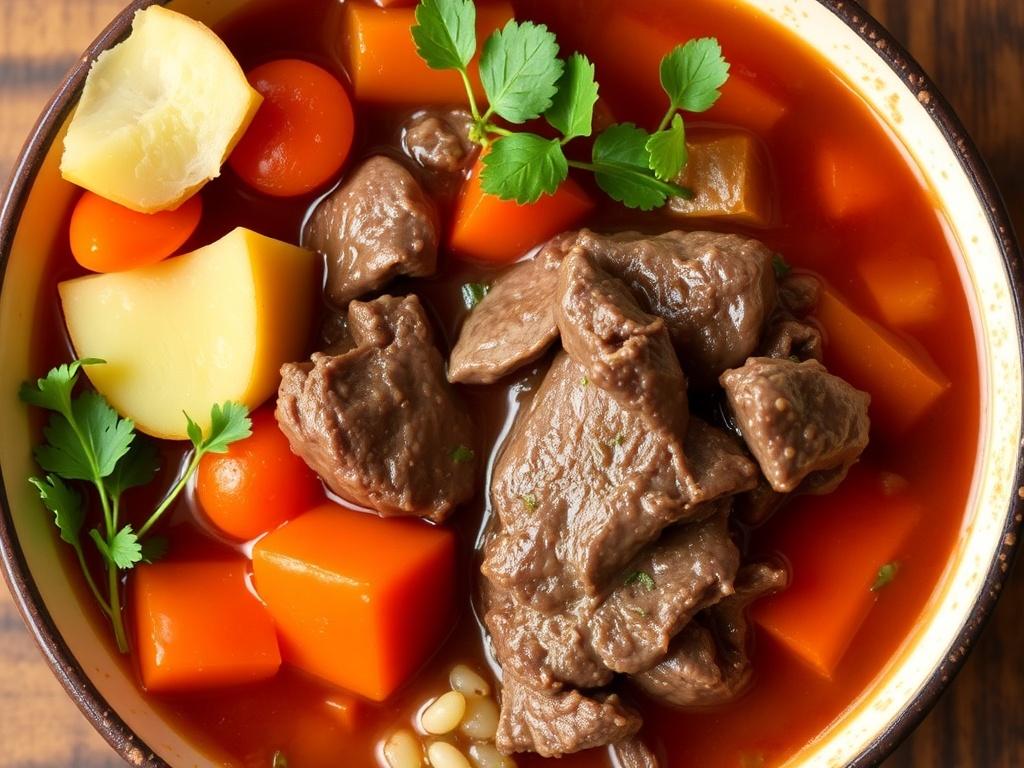Foraged Gold in a Cup: The Quiet Allure of Rosehip Tea
There are teas that shout and teas that whisper, and the brew made from rosehips belongs to the second kind. It arrives with a color like late afternoon sunlight and a flavor that balances tartness and warmth in a way that feels both honest and surprising. People turn to it for comfort during cold months, to support resilience through seasonal sniffles, or simply because it tastes good steeped slowly in a favorite pot. In this piece I want to trace the story of that cup: from wild hedgerow to kitchen, from active compounds to recipes you can try this evening. Along the way I will share practical tips, a few personal experiments, and the best ways to treat rosehips so their essence sings in every infusion.
What exactly are rosehips and where do they come from?
Rosehips are the fruit left behind when roses finish flowering, small globes that swell on the stems and ripen to shades of red, orange, or sometimes deep purple. They are botanical clutter turned into resource: full of seeds and a thin, pleasantly tart flesh that has been gathered by people for centuries. The most commonly used types come from wild dog rose (Rosa canina) and rugosa rose, though several species produce edible hips suitable for drying. Historically they were valued as a source of vitamin C when other fruits were scarce, becoming especially important in northern climates where winters can be long and produce scarce. Today you can find them dried in specialty shops, sold as loose herbal, or foraged from hedgerows if you know what to look for.
Traditional and modern uses
Across cultures rosehips have been turned into syrups, jams, and preserves before the more modern habit of steeping them as an herbal infusion took hold. In parts of Europe and Scandinavia they appear in winter recipes intended to bolster nutrition during dark months, and during wartime some countries promoted them as a local source of vitamin C. In contemporary kitchens the fruit is appreciated both for its healthful compounds and for its culinary versatility. You will find them in teas alongside hibiscus, in cordials to sweeten cocktails, and as a tart complement to desserts. Their understated complexity means they can play supporting roles or stand alone, depending on how you prepare them.
Harvesting and preparing rosehips for brewing
Timing is important when gathering rosehips: late summer to early autumn is ideal, but a touch of frost can actually improve flavor by softening the flesh. Choose hips that are firm but give slightly to pressure, avoiding mushy or moldy specimens; the color should be vibrant rather than dull. Once collected, they need to be cleaned—remove stems and blossom remnants and rinse under cold water. You can dry them whole, halve them to speed drying, or deseed before drying if you prefer a smoother infusion; each method produces a slightly different mouthfeel. Dried hips keep well if stored in an airtight container away from light, and they retain much of their character for a year or more when treated gently.
Drying methods and tips
There are several ways to dry rosehips, and your choice will affect both convenience and flavor. Air-drying on racks in a warm, dry room preserves volatile compounds but takes longer, typically a week or more depending on humidity. A food dehydrator brings speed and consistency, usually finishing the job within 8 to 24 hours at a low temperature, and it is my go-to for larger batches. Oven drying is possible on the lowest setting, but you must watch closely to avoid caramelization that changes the taste. If you plan to store hips for months, check them after the first week in storage to make sure no moisture has crept back in and started fermentation.
How to brew: ratios, temperatures, and steeping times
Brewing rosehips is forgiving but benefits from attention to ratios and temperature if you want clarity of flavor. Use about one to two tablespoons of dried hips per 250 milliliters of water as a baseline, and lean toward the higher amount when you want a tart, robust cup. Bring water to a full boil before pouring over the hips, then cover and steep; the covering traps aromatic molecules that otherwise escape with steam. Steeping times vary: a short steep gives a gentle fruitiness, while an hour or more yields a deeper, jammy character. Re-steeping is possible—hips can give two good infusions—though subsequent cups grow milder.
Quick guide to common brewing styles
The following table offers a simple reference for brewing styles and expected results, useful when you’re experimenting at home. Ratios are approximate and can be adjusted to taste based on whether you prefer a light, tea-like cup or a syrupy, medicinal infusion. Temperature and steeping time are the key levers that determine extraction: higher heat pulls more vitamin C and acids, but a gentler approach preserves delicate aromatics. Use the table as a starting point, then tweak for your own palate and the particular batch of hips you have.
| Style | Ratio (dried hips per 250 ml) | Water Temp | Steep Time | Taste Notes |
|---|---|---|---|---|
| Light infusion | 1 tbsp | 95–100°C | 8–12 minutes | Bright, slightly tart |
| Full-bodied brew | 1.5–2 tbsp | 95–100°C | 30–60 minutes | Rich, jammy, tangy |
| Cold infusion | 2 tbsp | Cold | 8–12 hours (refrigerated) | Clear, refreshing, less tart |
Flavor profile and pairing ideas
The flavor of rosehip infusion hovers between cranberry and rhubarb, with a floral undertone that hints at the plant’s rosy origin. It can be tangy like a light vinaigrette and sweet when steeped long enough to release pectin and natural sugars. Pairings depend on whether you want to accentuate tartness or mellow it: honey, vanilla bean, or a slice of apple will soften the edge, while hibiscus or citrus will sharpen it. For food, think baked goods that can stand up to acidity—almond cake, spiced biscuits, or a slice of cheddar for an unexpected contrast. As a base in cocktails, clarified rosehip syrup brings color and a subtle bitterness that modern mixology loves.
Healthful compounds and what science says
Rosehips are rich in vitamin C, carotenoids, and various polyphenols, which together contribute to antioxidant activity and support for immune function. Research points to anti-inflammatory properties as well, with some studies suggesting benefits for joint discomfort when consumed regularly. The actual vitamin C content depends on preparation: heat and long storage can degrade it, but thicker infusions and syrups may still offer meaningful amounts. Rosehips also contain flavonoids that interact with cellular pathways linked to oxidative stress. While the beverage is not a cure-all, incorporating it as part of a varied diet supports overall wellness in a subtle, cumulative way.
Rosehip tea and seasonal wellness
There is a clear seasonal logic to drinking this infusion: the bright, tart flavor wakes the palate during gray days, and the nutritional profile supports resilience during winter. In cold months I find myself reaching for a thermos of boiled hips sweetened with a touch of honey and a strip of orange peel; it wards off the blandness of routine and gives a small nutritional boost. Many cultures historically used local wild fruits to bridge seasonal shortages, and rosehips fit perfectly into that tradition. Drinking the infusion is as much about ritual—preparing a pot, wrapping hands around a warm mug—as it is about compounds in a lab. For people focused on gentle, food-based approaches to wellness, it’s an attractive option.
How to sweeten and spice rosehip infusions
Sugar and honey are common sweeteners, but you can also use maple syrup or stevia if you prefer lower glycemic options. Spices like cinnamon, cardamom, and cloves play nicely with rosehip’s tartness, turning a simple cup into a winter-warmed beverage. Citrus peel brightens the flavor while ginger adds a warming, digestive edge that makes the drink feel more like a tonic. I often simmer the hips with a cinnamon stick and a few slices of fresh ginger when I want something robust and soothing after a long day outdoors. Add sweetener gradually, tasting as you go, because minimal amounts are sometimes all that’s needed to achieve balance.
Recipes you can try tonight
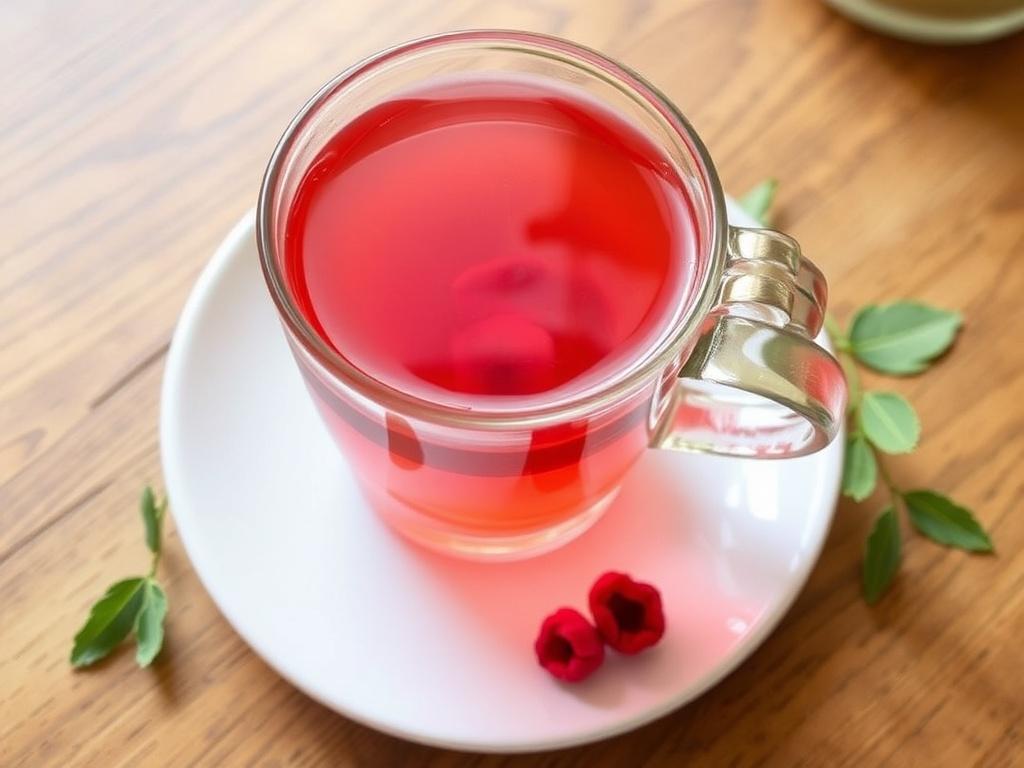
Here are a few recipes that showcase different aspects of the fruit: a straightforward infusion, a spiced winter blend, and a rosehip syrup that is useful year-round. The basic cup is quick and reliable; the spiced version makes for a comforting ritual in colder months, and the syrup concentrates the flavour into something versatile. I recommend making the syrup in small batches—its intensity can dominate if overused, but a little goes far in cocktails and desserts. When following any of these recipes, measure carefully the first time and then adjust to match your taste preferences.
- Basic infusion: 1.5 tbsp dried hips, 250 ml boiling water, steep 20–30 minutes, strain, sweeten if desired.
- Spiced winter brew: 2 tbsp hips, 300 ml water, 1 stick cinnamon, 3 slices fresh ginger, simmer 15 minutes, steep covered 30 minutes, strain.
- Rosehip syrup: 200 g fresh or 100 g dried hips, 500 ml water, 200 g sugar, simmer until thick, strain through fine sieve, bottle.
Using rosehip syrup and preserves
Rosehip syrup transforms the fruit into a concentrated flavoring suitable for pancakes, cocktails, and yogurt. It also freezes well, which is useful if you make a large batch in autumn and want to preserve a bit of summer for winter. For a more textured approach, cook hips down with sugar to make a jam that pairs extraordinarily well with soft cheeses. When I had a bumper crop one autumn, I made both syrup and a spiced conserve; the syrup went into fizzy water and late-night cocktails, while the conserve starred at breakfast and cheese boards. Both preparations extend the season and make it easy to add rosehip flavor to recipes where an infusion would be impractical.
Sourcing and sustainability
If you purchase dried hips, look for transparent suppliers that indicate species, region, and handling methods; organic certification helps reduce pesticide concerns. Foraging is tempting and rewarding, but it requires knowledge: identify the species confidently to avoid inedible look-alikes, and take only what you need so plants can reproduce. Cultivated rugosa roses in gardens often produce generous hips and are a safe source for small harvests. Whatever your source, favor practices that protect hedgerows and respect private property; the wild ecosystems that produce these fruits are fragile in many places. Buying from small regional producers can also support sustainable harvesting and preserve local varieties.
Storage best practices
Proper storage keeps dried hips flavorful and prevents loss of nutrients and aroma. Use airtight containers made of glass or food-grade plastic, and keep them in a cool, dark place away from direct heat or sunlight. Avoid transferring them into a frequently opened pantry jar if you plan to store for many months; oxygen exposure accelerates degradation. For longer preservation, refrigeration or freezing of vacuum-sealed bags is effective, though dried hips are generally stable for a year when stored well. Label your containers with the date of drying to track freshness—and if you ever detect off smells or visible mold, discard the batch without hesitation.
Safety considerations and contraindications
Rosehip infusion is generally safe for most people, but there are a few caveats to bear in mind. Because the fruit contains vitamin C and certain acids, it can interact with medications such as anticoagulants or drugs affecting the kidneys; consult your healthcare provider if you take prescription medications. Large amounts of the fruit or concentrated extracts may upset sensitive stomachs or increase the risk of kidney stones in predisposed individuals due to oxalate content. Allergic reactions are uncommon but possible, especially for those with sensitivities to other Rosaceae family members like apples or cherries. Moderation is sensible, and if you have specific health concerns, professional advice is the prudent route.
Rosehip beyond the cup: culinary and household uses
The fruit’s bright acidity makes it a surprising complement in savory dishes as well as sweets: a glaze for roast poultry, a tangy addition to vinaigrettes, or folded into a grain salad for depth. In the pantry, rosehip powder can be used as an acidic component in sauces or blended into smoothies for vitamin-rich complexity. Because the color carries through when cooked down, it can also add a pleasant hue to syrups and jellies. I once experimented by adding a spoonful of rosehip conserve to a turkey glaze; the result was an elegant fruitiness that cut through the meat’s richness without overpowering it. Treat the flavor like you would a fruity vinegar: sparingly but intentionally.
Combining rosehip with other botanicals
Rosehips play well with a variety of herbs and flowers, making blends worth exploring. Hibiscus increases tartness and deepens color, while chamomile softens edges and adds floral sweetness. Mint provides cooling contrast, and juniper gives a resinous backbone that echoes cocktail flavors. In my kitchen I often make a blend with equal parts rosehip and hibiscus, then add a third of chamomile to calm the sharpness—this mix works hot or iced and is endlessly adaptable. When blending, keep notes on proportions so you can reproduce combinations you like.
Cold and iced preparations
Cold-brewing preserves a different slice of the fruit’s character, yielding a cleaner, more subtle cup that is refreshing and less astringent than hot brews. Use a higher ratio of hips for cold infusion because extraction is gentler: two tablespoons per 250 milliliters and an overnight steep in the refrigerator usually does the trick. Strain in the morning and dilute to taste; the result is excellent over ice with a sprig of mint or a splash of sparkling water. I find cold-brewed rosehip especially pleasing in summer when you want flavor without heat, and it also makes a hydrating base for light mixers and mocktails.
Preserving local flavors and traditions
Rosehip use is often tied to local foodways, and preserving those recipes keeps cultural knowledge alive. In some regions, families pass down specific preparations—cordials steeped with particular spice blends or preserves made with neighboring berries. When I visited a small village market years ago, an elderly vendor handed me a sample of rosehip jelly and explained how her mother taught her to harvest after the first frost. Those small acts of transmission matter because they maintain an understanding of seasonality and place. Learning local methods can also introduce you to unexpected techniques that improve your own kitchen practice.
Practical troubleshooting
If your brew tastes dusty or bland, the likely causes are old hips or insufficient extraction; try a fresher batch or a longer steep. Overly astringent notes usually stem from too much exposure to heat combined with a coarse grind—strain earlier or reduce steep time. Cloudiness can occur when using hard water or when tiny seed hairs remain in the infusion; a fine sieve or paper filter will clarify the cup. I once ruined a batch by leaving seeds in during drying; the resulting sediment made the tea gritty and unpleasant. A little attention at each stage—harvest, clean, dry, brew—goes a long way toward consistent results.
Personal experiments and favorite rituals
My own relationship with this infusion grew out of winter walks followed by cups shared at home. On a cold evening I like to simmer hips gently with orange peel and a cinnamon stick, strain into a thermos, then sip while reading. For summer, I prefer a cold-brewed pitcher with a handful of fresh mint and sparkling water added before serving. I have experimented with fermenting rosehip water into a light shrub for cocktails, and I keep a jar of rosehip syrup in the fridge for quick breakfasts. These small rituals have made the drink part of my seasonal rhythm rather than just an occasional novelty.
Where to begin if you’re new to it
Start simple: a single beverage made from good-quality dried hips, steeped for 20 to 30 minutes, sweetened lightly if you like. Taste and take notes about what you want to change next—more tartness, more body, a spice to round it out. Try both hot and cold versions to see which suits your lifestyle and the season; many people discover different preferences when they switch between summer and winter. If you are inclined, make a small batch of syrup to extend the fruit’s flavor into other recipes. With a little practice you will quickly learn which preparations feel like a natural fit for your kitchen.
A last cup
Rosehip infusion occupies a quiet corner of herbal traditions, useful, flavorful, and surprisingly versatile when given a bit of attention. It links foraging practices, simple nutrition, and culinary curiosity into a single, warming cup that is equally at home on a snowbound morning or a breezy summer evening. Whether you approach it for wellness reasons, taste exploration, or as a way to preserve seasonal flavors, it rewards small experiments and honest ingredients. Make a pot, take the time to notice the color and aroma, and let it become, if only for a moment, the reason to slow down.
